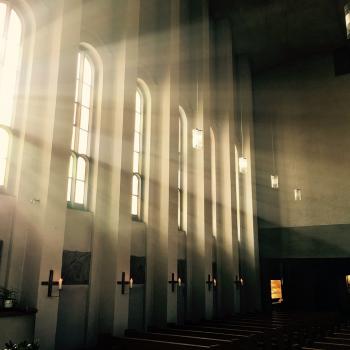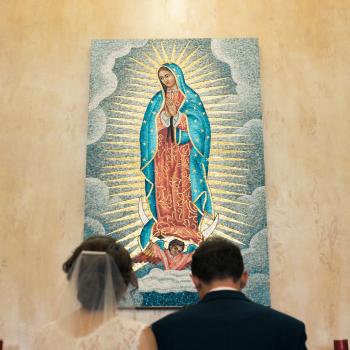It’s happening in suburban Washington, D.C. — and the Washington Post this weekend sat up and took notice. (I took notice when I saw the photograph below: they still have those desks??!!)
It’s 1 p.m. and time for Amy Clayton’s fifth grade to show off their memorization skills.
Decked out in blue long-sleeved shirts and dark pants for boys and bright yellow blouses and plaid jumpers for girls, the students begin with the words of Patrick Henry’s immortal “Give me liberty or give me death” speech first delivered on March 23, 1775, in Richmond. That recitation merges into verses from Henry Wadsworth Longfellow’s “Paul Revere’s Ride.” That morphs into a few phrases from the Declaration of Independence, the Preamble to the U.S. Constitution and finally to fragments of speeches by Frederick Douglass and Abraham Lincoln.
“Beautifully done,” Clayton says at the conclusion. “We just encapsulated 80 years of American history in our recitation.” She is engaged, dramatic, and students are nearly jumping out of their seats trying to answer her questions about the beginnings of the Civil War. To her right is a banner containing a quote from Aesop: “No act of kindness, however small, is ever wasted.” Near that hangs a crucifix.
This is St. Jerome Classical School, the new name for what once was a traditional Roman Catholic elementary and middle school in Hyattsville. Starting last spring, St. Jerome’s began transforming itself from a debt-ridden, pre-K-8 institution into a showcase for one of the more intriguing trends in modern education. It is one of a handful of archdiocesan Roman Catholic schools in the country to have a classical curriculum.
“Classical” education aims to include instruction on the virtues and a love of truth, goodness and beauty in ordinary lesson plans. Students learn the arts, sciences and literature starting with classical Greek and Roman sources. Wisdom and input from ancient church fathers, Renaissance theologians and even Mozart — whose music is sometimes piped into the classrooms to help students concentrate better — is worked in.
On the hallway walls outside Clayton’s classroom are student posters on the theme “What is goodness?,” “rules for knights and ladies of the Round Table,” drawings of Egyptian pyramids, directions to “follow Jesus’ teachings” and “be respectful toward others,” and other exhortations to live a noble life.
“The classical vision is about introducing our students to the true, the good, the beautiful,” Principal Mary Pat Donoghue points out. “So what’s on our walls are classical works of art. You won’t see Snoopy here.”












